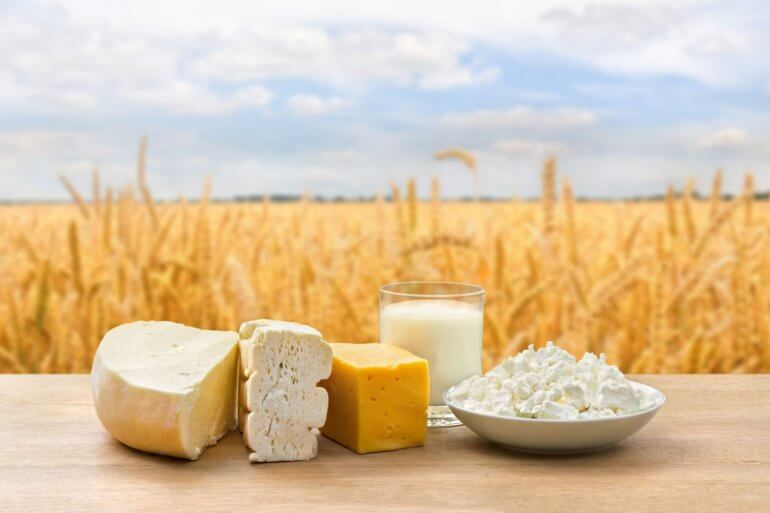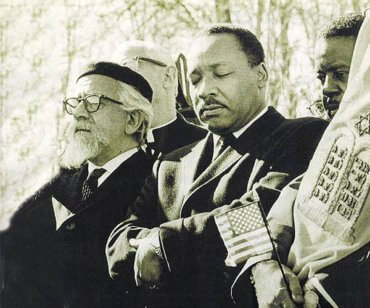
Why Do We Eat Dairy on Shavuos?
Dear Jew in the City,
Why do we eat dairy on Shavuos?
Thanks,
Maya
Dear Maya,
Thanks for your question. You know, I’ve been fielding questions on Jew in the City for a decade this August and this is the first time this has come up! Frankly, I’m surprised.
Eating dairy on Shavuos is not a law, but it is a near-universal practice. Its exact origins are unknown, though quite a few theories abound. I will share most of the better-known hypotheses, but this list is not exhaustive. Legal or historical objections have been raised to a number of these theories, but proponents of those theories have answered those objections. (We won’t be diving that deep; I only mention this as an FYI.) Some of these hypotheses may even be mutually exclusive. All we know for sure is that one or some of these ideas might explain how the custom to eat dairy on Shavuos arose – unless it was something else altogether!
As you are no doubt aware, Shavuos celebrates the giving of the Torah at Sinai. Probably the best-known explanation for the practice of eating dairy is that when the Torah was given, the Jews became obligated in keeping the mitzvos, including the laws of kashrus. Since the Jews hadn’t been keeping kosher prior to that point, their utensils all needed to be kashered (“kosherized”) and they weren’t yet proficient in the intricacies of shechitah (ritual slaughter). Accordingly, preparing meat meals to be eaten on the first Shavuos was impractical. The Jews at Sinai ate dairy, and we emulate them in commemoration (Mishnah Brurah 494:12).
A very different approach is suggested by Rav Moshe Shternbuch (Moadim U’Zmanim 8:319). The Talmud in Bechoros (6b) asks why drinking milk doesn’t violate the prohibition of eating something that came from a living animal. It answers that, logically, it should, but the Torah expressly permits milk. According to this theory, the Jews previously refrained from dairy products until the Torah permitted them. The custom to eat dairy therefore celebrates the addition of milk and cheese to our diets.
Another theory goes back to the time of Avraham. Genesis chapter 18 recounts the tale of Avraham’s three visitors, angels disguised as travelers. We are told that he served them butter, milk and a calf. Generations later, when Moshe ascended Sinai, the angels objected that mankind should not receive the Torah since we would be unable to observe it properly. Moshe reminded the angels that, when on Earth, they had eaten meat and dairy together, in violation of the Torah (Midrash Tehillim 8). We eat milk and meat separately on Shavuos, in accordance with the halacha, in order to show the angels that we can, in fact, follow the Torah (Be’er Heitiv 494).
Here’s another possibility: On Shavuos, two loaves were offered in the Temple. These were called the “shtei halechem” (two breads). The Rema (OC 494:2) suggests that eating dairy on Shavuos serves to remind us of these two loaves. This is because we start out by eating dairy, with one loaf of bread. Then, we turn things over to eat a meat meal, which requires replacing the bread that was eaten with dairy, so we bring in a fresh loaf. These two loaves are symbolic of the shtei halechem.
Still another explanation: Exodus 23:19 and 34:26 each tell us, “The choicest first-fruits of your land you shall bring to the House of Hashem your God (i.e., the Temple); do not cook a kid in its mother’s milk.” First fruits (bikkurim) could be brought to the Temple starting from Shavuos (also known as chag habikkurim – the holiday of first fruits). For some reason, this mitzvah shares the same verse as the obligation to separate milk from meat. For this reason, we eat separate milk and meat meals on Shavuos.
There are a few explanations that I, personally, don’t find particularly compelling, though they were suggested by people far greater than I:
The Hebrew word for milk, chalav, has a numerical value of 40, the same as the number of days that Moshe spent on Sinai when receiving the Torah;
Psalms 68:16 refers to Mount Sinai as “Mount Gavnunim.” (See Midrash Tanchuma, Bamidbar 7, that this refers to Sinai.) The word Gavnunim is related to gevinah (cheese);
Shir Hashirim 4:11 teaches, “Honey and milk (a metaphor for Torah) are under your tongue.” This is an appropriate sentiment for the holiday that celebrates receiving the Torah! (I like this explanation very much and I wish it were the One True Source for the practice, but I don’t believe it is.)
Now, you may have noticed that some of these explanations are not just about dairy; they’re about the relationship between dairy and meat. For this reason, some readers may be asking, “Who eats meat on Shavuos?” The answer is: lots of people, this author included.
You see, there’s a mitzvah to have extra joy on the Festivals, which in practice means meat and wine.* (See Mishnah Brurah 529:11.) The meat we eat at our yom tov meal replaces the korban chagigah – the holiday offering – about which we are told, “You shall sacrifice peace offerings and eat them there (i.e., at the Temple) and you shall rejoice before Hashem your God” (Devarim 27:7). We see that the Torah equates eating meat with rejoicing, so there’s good reason to eat both meat and dairy on Shavuos, and a number of the theories above reflect that reality.
How is this done? There are so many different customs! Some people eat meat at the evening meal and dairy at the daytime meal; others do the opposite. Some people eat a dairy kiddush after Shacharis, followed by a meat meal. Some people start the meal with dairy, then wash their hands, cleanse their mouths, and eat meat. (Such a course of action is normally discouraged, and the Zohar isn’t crazy about it on Shavuos, either.) Some people eat two separate meals, one meat and the other dairy. There are probably other practices.
What’s important to remember is to observe all the laws of kashrus. Aside from the aforementioned cleansing of the mouth following dairy before eating meat, one should avoid eating hard or aged cheeses at the dairy meal. This is because one must wait after hard or aged cheese before eating meat the same as one does from meat to dairy, be that three hours, six hours or whatever. Similarly, one must ensure proper separation between the foods and utensils of one’s two different meals.
So that’s the story with dairy on Shavuos. We may not know its origin for sure, but it’s a nigh-universal custom that should be taken seriously. And so is eating meat. How one accomplishes both is a tightrope that one should tread carefully.
Sincerely,
Rabbi Jack Abramowitz
Educational Correspondent
Follow Ask Rabbi Jack on YouTube
*This is not an absolute obligation. One could substitute poultry or fish if such is their preference.
Similarly, vegetarians, who would not be gladdened by eating meat, are not obligated to do so.
If you found this content meaningful and want to help further our mission through our Keter, Makom, and Tikun branches, please consider becoming a Change Maker today.







